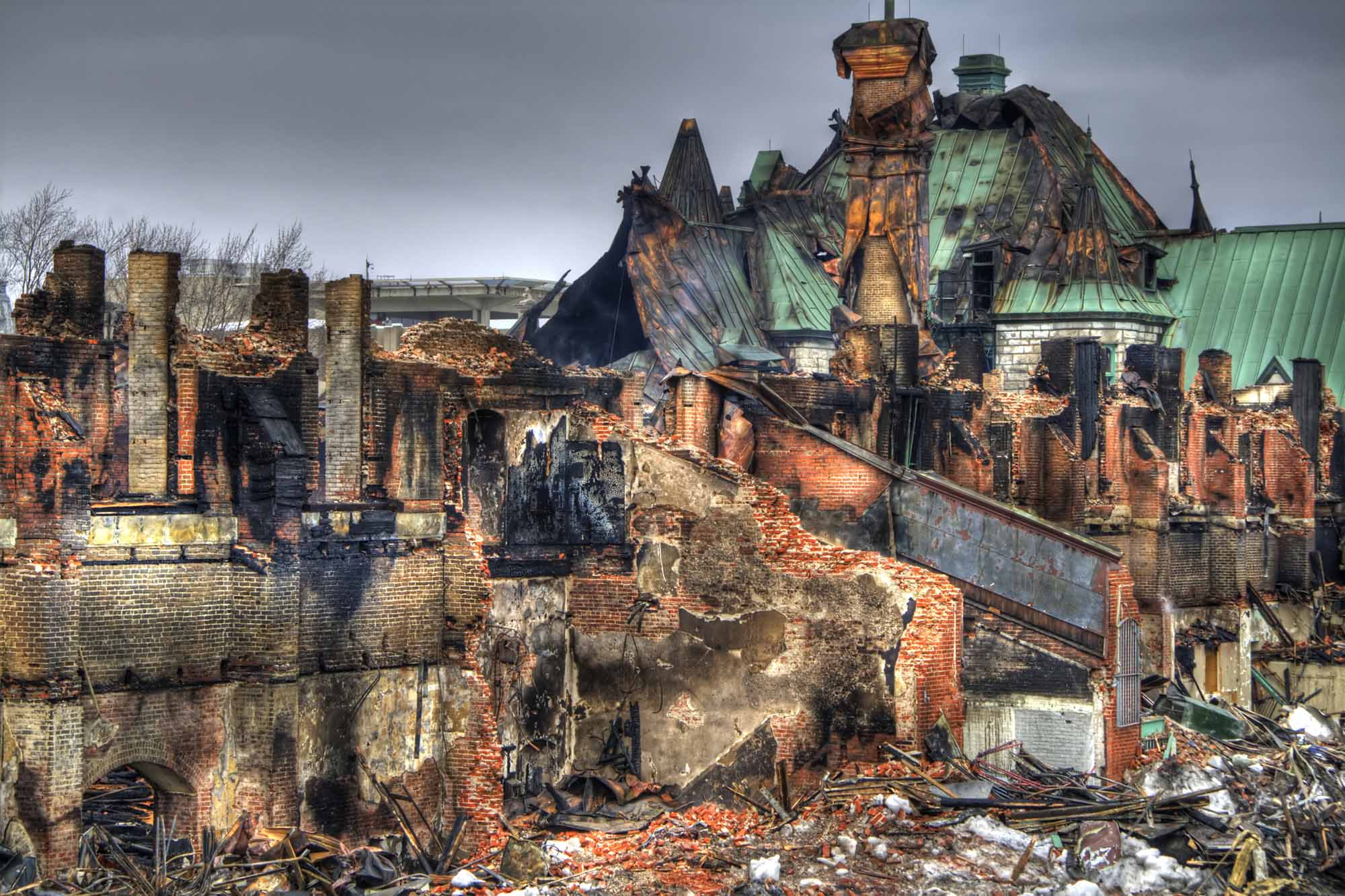Browse "Organizations and Regiments"
-
Article
Royal Hamilton Light Infantry Band
The Regimental Band of the Royal Hamilton Light Infantry (RHLI) is the oldest enlisted band in Canada. Formed in 1866 by Peter Grossman, it has been led by Captain Ryan W. Baker since 2016.
"https://d2ttikhf7xbzbs.cloudfront.net/ArmyUnits/1200px-Royal_Hamilton_Light_Infantry_band.jpg" // resources/views/front/categories/view.blade.php
https://d2ttikhf7xbzbs.cloudfront.net/ArmyUnits/1200px-Royal_Hamilton_Light_Infantry_band.jpg
-
Article
Royal Regiment of Canada Band
Royal Regiment of Canada Band. Toronto-based volunteer militia band attached to the Royal Regiment of Canada (founded in 1862 as the 10th Battalion Volunteer Militia). The band received its first set of drums and instruments in 1863.
"https://development.thecanadianencyclopedia.ca/images/tce_placeholder.jpg?v=e9dca980c9bdb3aa11e832e7ea94f5d9" // resources/views/front/categories/view.blade.php
https://development.thecanadianencyclopedia.ca/images/tce_placeholder.jpg?v=e9dca980c9bdb3aa11e832e7ea94f5d9
-
Article
The Governor General's Foot Guards Band
The Governor General's Foot Guards Band, Ottawa. Volunteer militia band formed soon after the establishment of the regiment in 1872. Based on the personnel of the Ottawa Brigade Artillery Band, the ensemble made its debut 15 Jun 1872 under its first director, John C. Bonner.
"https://development.thecanadianencyclopedia.ca/images/tce_placeholder.jpg?v=e9dca980c9bdb3aa11e832e7ea94f5d9" // resources/views/front/categories/view.blade.php
https://development.thecanadianencyclopedia.ca/images/tce_placeholder.jpg?v=e9dca980c9bdb3aa11e832e7ea94f5d9
-
Article
The Royal 22e Régiment
The Royal 22e Régiment (R22eR) is one of the three infantry regiments of the Canadian Regular Force (see Canadian Armed Forces). It is a francophone regiment made up of five battalions, of which three belong to the Regular Force and two to the Reserve Force. In 2014, the R22eR celebrated its 100th anniversary. Its headquarters are at the Citadelle de Québec. The regiment has participated in all of Canada’s major military engagements since the First World War, including the United Nations peace missions and the campaign in Afghanistan.
"https://d2ttikhf7xbzbs.cloudfront.net/R22eR/R22eR_in_Korea.jpg" // resources/views/front/categories/view.blade.php
https://d2ttikhf7xbzbs.cloudfront.net/R22eR/R22eR_in_Korea.jpg
-
Article
The Royal Canadian Dragoons
The Royal Canadian Dragoons (RCD) is the senior of three regular armoured regiments in the Canadian Army. The regiment was established in 1883 as a cavalry unit. Since then, it has served in major conflicts at home and overseas, including the North-West Rebellion, Boer War, First and Second World Wars and, more recently, the war in Afghanistan. The Dragoons have also served in peace operations in Egypt, Cyprus, Somalia and the Balkans. The regiment has been based at CFB Petawawa, Ontario, since 1987. It is currently part of 2nd Canadian Mechanized Brigade Group, 4th Canadian Division. A detached squadron serves at CFB Gagetown, New Brunswick.
"https://d2ttikhf7xbzbs.cloudfront.net/Dragoons/Dragoons_1891.jpg" // resources/views/front/categories/view.blade.php
https://d2ttikhf7xbzbs.cloudfront.net/Dragoons/Dragoons_1891.jpg
-
Article
The “Van Doos” and the Great War
As the only combatant unit in the Canadian Expeditionary Force (CEF) whose official language was French, the 22nd (French Canadian) Infantry Battalion, commonly referred to as the “Van Doos” (from vingt-deux, meaning twenty-two in French), was subject to more scrutiny than most Canadian units in the First World War.
"https://d2ttikhf7xbzbs.cloudfront.net/media/media/11751af0-ec83-4753-8f2b-bb38ed576b7f.jpg" // resources/views/front/categories/view.blade.php
https://d2ttikhf7xbzbs.cloudfront.net/media/media/11751af0-ec83-4753-8f2b-bb38ed576b7f.jpg
-
Article
Troupes de la Marine
The Troupes de la Marine (also known as the Compagnies franches de la Marine) were French regular infantry soldiers under the control of the Ministère de la Marine. Their key purpose was to defend France’s overseas colonial possessions, including New-France. These soldiers can be considered Canada’s first permanent regular army.
"https://d2ttikhf7xbzbs.cloudfront.net/media/media/c006216k.jpg" // resources/views/front/categories/view.blade.php
https://d2ttikhf7xbzbs.cloudfront.net/media/media/c006216k.jpg
-
Article
Unification of the Canadian Armed Forces
On 1 February 1968, the Canadian Forces Reorganization Act (Bill C-243) came into effect, and the Royal Canadian Navy, Canadian Army and Royal Canadian Air Force ceased to exist as separate entities. The three previously separate armed services were combined into a unified Canadian Armed Forces. Liberal Minister of Defence Paul Hellyer drove the change. Its merits were widely debated before and after the Act came into effect. By 2014, many of the changes introduced by unification had been reversed.
"https://d2ttikhf7xbzbs.cloudfront.net/CAF/canadian-forces-badge-600.png" // resources/views/front/categories/view.blade.php
https://d2ttikhf7xbzbs.cloudfront.net/CAF/canadian-forces-badge-600.png
-
Article
Victoria Rifles of Halifax
The Victoria Rifles of Halifax was a Black volunteer militia unit of about 70 men in Nova Scotia in the 1860s. The unit participated in anniversary celebrations of the founding of Halifax and in a parade honouring the Prince of Wales, who visited Nova Scotia in 1860. Despite their dedication and skill — and the support of some white Haligonians — the “Victorias” were subjected to anti-Black racism both within and outside the militia. The unit disbanded after approximately four years.
"https://d2ttikhf7xbzbs.cloudfront.net/TCE_placeholder.png" // resources/views/front/categories/view.blade.php
https://d2ttikhf7xbzbs.cloudfront.net/TCE_placeholder.png
-
Article
Voltigeurs de Québec Armoury
The Québec City Armoury, in Place Georges V, dates back to 1884 when architect Eugène-Étienne Taché drew up the building plans alternately with those for the Québec National Assembly and the old Palais de justice.
"https://d2ttikhf7xbzbs.cloudfront.net/media/media/60f3bef8-e5e4-4a32-81f7-311fa72662ab.jpg" // resources/views/front/categories/view.blade.php
https://d2ttikhf7xbzbs.cloudfront.net/media/media/60f3bef8-e5e4-4a32-81f7-311fa72662ab.jpg
-
Article
Voltigeurs of the War of 1812
Their commander was Major Charles-Michel de SALABERRY, formerly of the 60th (Royal American) Regiment of Foot. His family had a well regarded reputation for serving the British Army, and he had served with the British against the French in the West Indies and at Walcheren.
"https://d2ttikhf7xbzbs.cloudfront.net/media/media/3c8e4ab9-41f4-46fd-bbd1-e45854bfb33d.jpg" // resources/views/front/categories/view.blade.php
https://d2ttikhf7xbzbs.cloudfront.net/media/media/3c8e4ab9-41f4-46fd-bbd1-e45854bfb33d.jpg
-
Article
Yukon Field Force
Yukon Field Force (1898-1900), composed of 203 officers and men drawn from all 3 branches (cavalry, artillery and infantry) of the Permanent Force of the Canadian Militia.
"https://development.thecanadianencyclopedia.ca/images/tce_placeholder.jpg?v=e9dca980c9bdb3aa11e832e7ea94f5d9" // resources/views/front/categories/view.blade.php
https://development.thecanadianencyclopedia.ca/images/tce_placeholder.jpg?v=e9dca980c9bdb3aa11e832e7ea94f5d9
